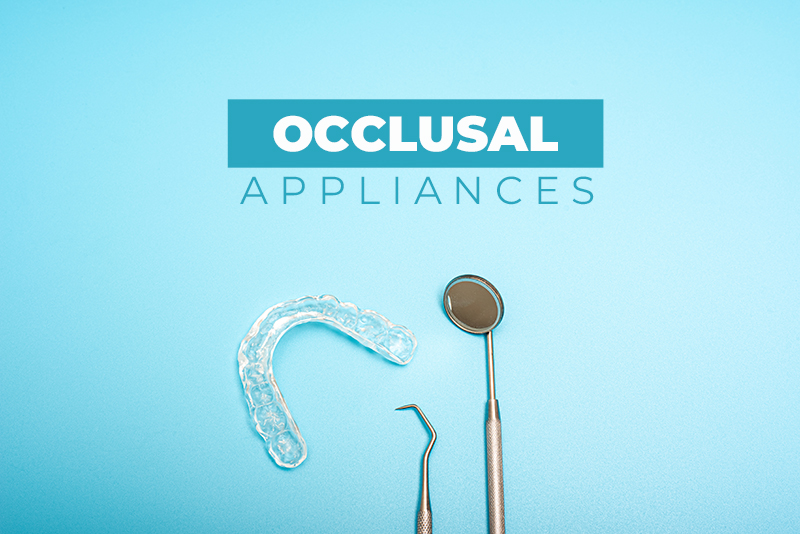Commonly referred to as an occlusal splint, bite guard, night guard, or interocclusal appliance, an occlusal appliance is a removable device, usually made of hard acrylic. Occlusal guards can protect the teeth from many conditions. It helps in reducing the uncomfortable, sometimes painful symptoms of bruxism. Dentists may also recommend appliances to treat grinding, clenching and to prevent cracked teeth. Occlusal guards and occlusal splints are reversible and non-invasive treatments. Dental insurance verification services can help practices to understand whether the patient’s insurance plan covers occlusal guards. This is important for the practice to get reimbursed for the same.
Night guards are split into three categories such as – a hard night guard that covers all of the teeth on the upper or lower jaw full arch; a soft night guard that covers all of the teeth on upper or lower jaw full arch; and a hybrid night guard that is hard on the outside but softer on the inside and covers all the teeth on either upper or lower jaw is classified as a hard appliance, full arch.
| Listen to our podcast – Which is the Better Dental Insurance Verification Option – Using Software or Calling the Company? |
Coverage for occlusal guards
Even though most dental insurance plans cover preventative care such as cleanings and x-rays, not all plans cover major care such as crowns and night guards. Coverage under a patient’s medical plan for occlusal guards varies greatly. However, there may be coverage when the patient’s condition being treated meets the medical necessity requirements of the plan. Some dental plans will allow coverage for a diagnosis of bruxism only. Always include a narrative with the diagnosis which explains why an occlusal guard is required and what condition is being treated. Verifying coverage prior to initiating treatment can prevent claim denials to a great extent.
Entering the correct night guard code on dental insurance claims ensures that the claim will be processed correctly and efficiently. The 2019 CDT coding update has removed the code D9940 (occlusal guard, by report (Removable dental appliances, which are designed to minimize the effects of bruxism (grinding) and other occlusal factors)).
The current CDT codes to be used to document occlusal guards are as follows.
- D9942 Repair and/or reline of occlusal guard
- D9943 Occlusal guard adjustment
- D9944 occlusal guard – hard appliance, full arch
- D9945 occlusal guard – soft appliance, full arch
- D9946 occlusal guard – hard appliance, partial arch
Removable dental appliances are designed to minimize the effects of bruxism or other occlusal factors. D9944, D9945, and D9946 codes are not to be reported for any type of sleep apnea, snoring or TMD appliances. ADA recommends that the full or partial arch guards that have any hard occlusal component, regardless of whether or not they have a soft component, should be coded as hard guards – either D9944 for a full arch appliance or D9946 for a partial arch appliance.
The patient’s amount of coverage, dollar limits, and allowances on dental insurance plans all depend on particular dental insurance providers and specific plans. Before providing treatments, it’s always ideal for practices to check with the dental insurance provider on what’s covered and how much is covered by insurance in the patient’s situation. Professional dental billing companies can perform eligibility verification check for every patient, for practices to keep a smooth flow of revenue for the services provided. When it comes to night guards and any other occlusal appliance, dental practices must make sure that their coders have good knowledge and are up-to-date with the coding changes to ensure that the practice gets reimbursed correctly.
Practices must ensure that the clinical documentation fully supports the medical necessity of an occlusal guard. Providers must always document the condition they are treating with specificity and add a clear description of the appliance, such as whether it is a soft or hard appliance or if it is a full or partial arch coverage.
| Also Read: Dental Billing Codes for Surgical Periodontic Procedures CDT Codes to Report Dental Implant Services Ways to Attract New Patients to Your Dental Practice Understanding Dental Coordination of Benefits |




